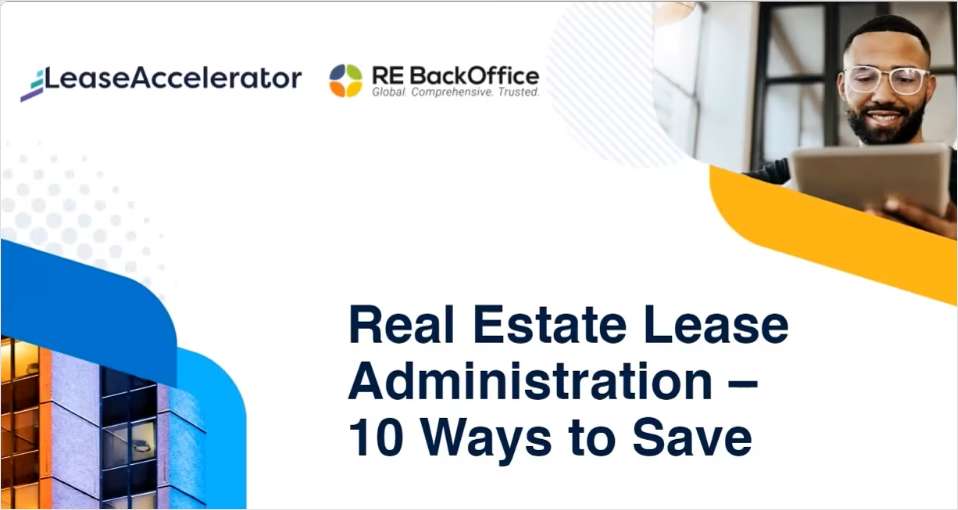Whereas large groups of loans in prior months have focused on the well-known hotbeds of distressed properties—e.g., Florida or Las Vegas—this one includes "all the major MSAs," says Korbar. The fact that more than half of the assets are multifamily is consistent with their being close to major city centers, as is the pool's high concentration of retail assets. The pool includes concentrations of assets in New York, Florida, Massachusetts, California, New Jersey, Illinois and Connecticut.
Investors may be seeing more of these geographically diverse pools as 2010 goes on. For sellers, part of the appeal is "reducing concentration of risk," says Korbar. "Also, you can optimize your pricing by not just focusing on one distressed region or city. And the buyer's advantage is that you have more assets that are nationally dispersed. You open up a whole new buyer's market."
Korbar says that wide geographic spread is a plus for local investors, and particularly smaller entities that may only want to bid on one asset. "It promotes buyers that are proximate to the assets," he says. "They know the assets very well, and they understand the intrinsic value, both now and x number of years from now. They're not in it to buy it and flip it." At the same time, he says, "for institutional investors that want to reduce their exposure to any one area, this clearly gives them a lot of diversity."
This pool also skews toward smaller loan balances, ranging from "a couple hundred thousand" to about $5 million. Korbar says the wider variety of loan sizes is an emerging trend in big loan pools.
A new wrinkle in this pool is the advent of what Carlton calls its CEX Loan & REO MLS Exchange, which does away with the sealed-bid format. It allows potential buyers to bid within timeframes they find conducive as long as the properties are still available.
"It's a real-time bidding platform, so it's first-come, first-served," Korbar says. "The buyer could buy on an individual loan basis or in bidder-defined pools." He says it offers advantages both to sellers, by "optimizing price recovery," and to buyers, "because you don't have to wait. Historically on a sealed bid type of program, you wait five to six weeks to do your due diligence and marketing, then you wait to see if you've won. Now, individual buyers can look at blocks of assets that they feel comfortable with. That gives them the ability to do proper due diligence, and when they put in a bid, within 48 hours we're letting them know whether or not they've been accepted."
Want to continue reading?
Become a Free ALM Digital Reader.
Once you are an ALM Digital Member, you’ll receive:
- Breaking commercial real estate news and analysis, on-site and via our newsletters and custom alerts
- Educational webcasts, white papers, and ebooks from industry thought leaders
- Critical coverage of the property casualty insurance and financial advisory markets on our other ALM sites, PropertyCasualty360 and ThinkAdvisor
Already have an account? Sign In Now
*May exclude premium content© 2024 ALM Global, LLC, All Rights Reserved. Request academic re-use from www.copyright.com. All other uses, submit a request to [email protected]. For more information visit Asset & Logo Licensing.








